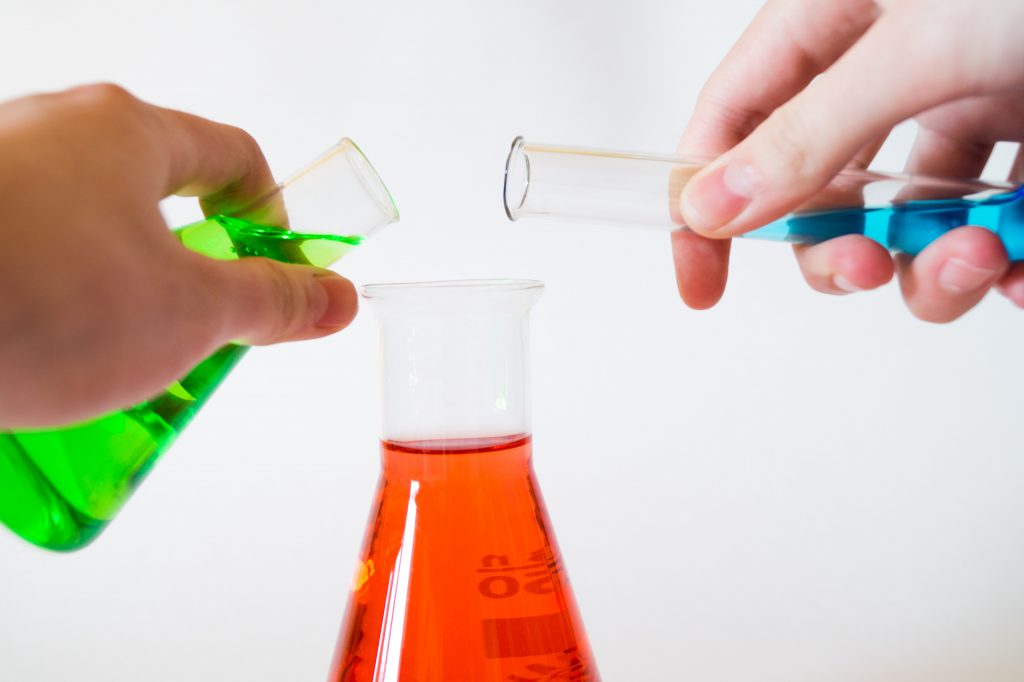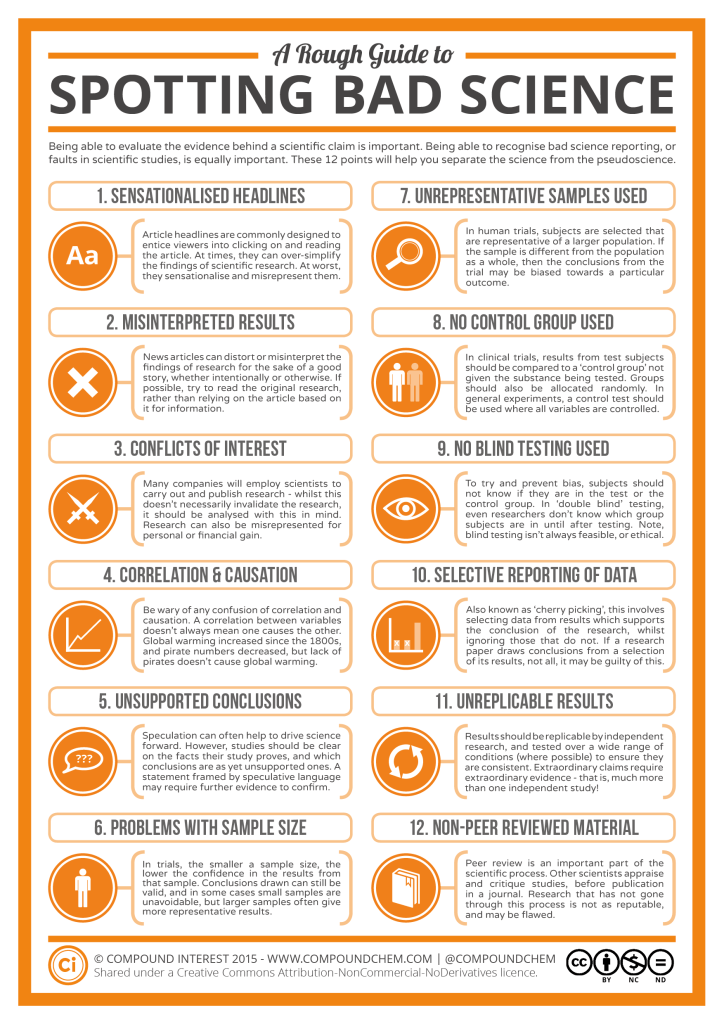
Why is science-based thinking important?
Science of Working supports evidence-based thinking related to leadership development, coaching and workplace topics.
In the broader world right many people ignore evidence-based science and instead choose to follow thinking based on personal biases, politics or money.
Our understanding on issues and scientific research continues to evolve, but science-based thinking provides the strongest platform available for seeking truth.
How do you know if science is good or not?
The noise of conflicting voices makes it difficult to determine truth. Good science gets us closer and closer to the truth over time.
Unfortunately, not all science is good science. Studies, data and results can be manipulated or misrepresented.
Similar to becoming an educated consumer, you can become an educated consumer of scientific information.
Good science follows the same principles regardless of the topic – whether it is related to workplace research or chemistry.
Infographic about bad science
Today, I am sharing an infographic that does a great job of explaining how to spot bad science. I first saw this infographic via March for Science.
The infographic tiled “A rough guide to spotting bad science” comes from Andy Brunning at Compound Interest – a site that focuses on chemistry. He generously shares it through a Creative Commons Attribution-Non Commercial-No Derivatives licence.
The infographic highlights 12 watch outs:
- Sensationalized headlines
- Misinterpreted results
- Correlation & Causation
- Unsupported conclusions
- Problems with sample size
- Unrepresentative samples used
- No control group used
- No blind testing used
- Selective reporting of data
- Unreplicable results
- Non-peer reviewed material
Applying these principles to workplace research
These 12 issues focus on research done with clinical trials – such as testing new medicine. A few of them, such as the ones related to control groups and blind testing, do not usually apply to workplace research. But the rest of the concepts are relevant.
Science provides data. People must understand and apply it correctly.
Infographic from Andy Brunning at Compound Interest





Just because a study has been published in a scientific journal doesn’t mean that it’s perfect — there are plenty of flawed studies out there. But how can we spot them?
This infographic looks at the different factors that can contribute towards ‘bad’ science – it was inspired by the research I carried out for the recent aluminium chlorohydrate graphic, where many articles linked the compound to causing breast cancer, referencing scientific research which drew questionable conclusions from their results. The vast majority of people will get their science news from online news site articles, and rarely delve into the research that the article is based on. Personally, I think it’s therefore important that people are capable of spotting bad scientific methods, or realising when articles are being economical with the conclusions drawn from research, and that’s what this graphic aims to do. Note that this is not a comprehensive overview, nor is it implied that the presence of one of the points noted automatically means that the research should be disregarded. This is merely intended to provide a rough guide to things to be alert to when either reading science articles or evaluating research.